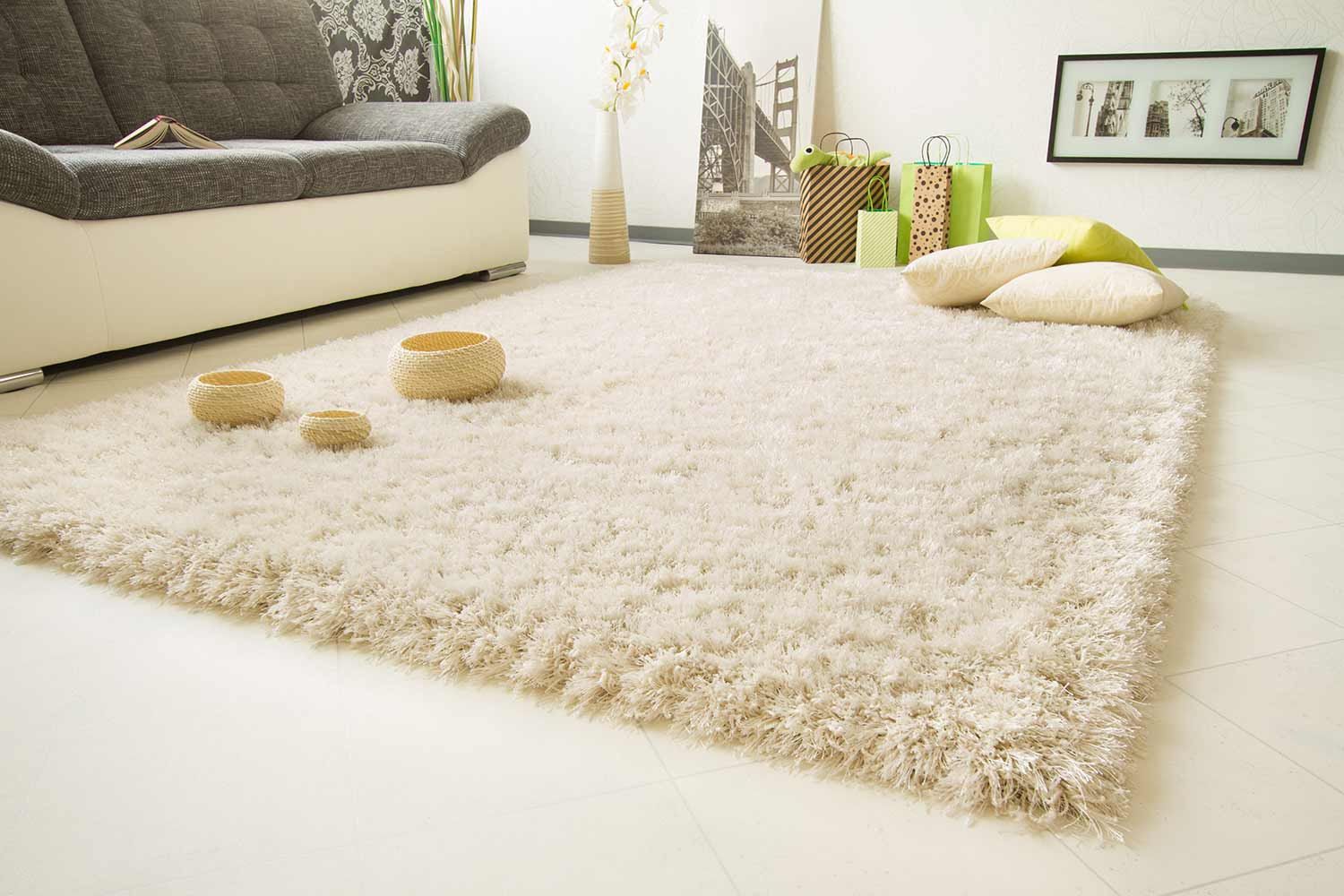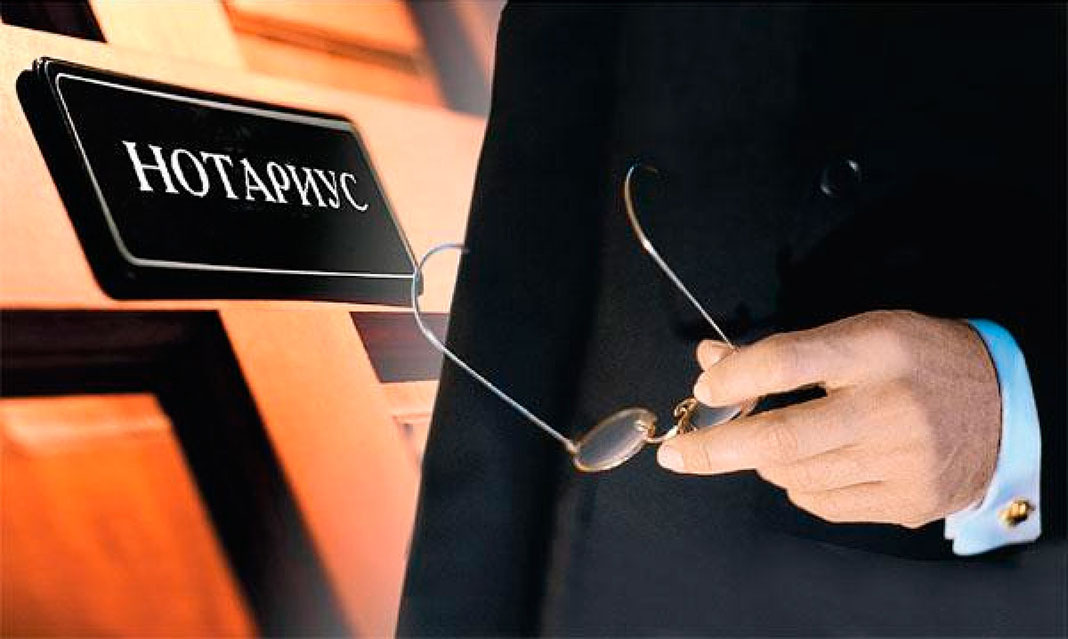Rating of the best shoe adhesives 2024

With the onset of the spring thaw, our shoes are exposed to more moisture and, as a result, often require repair. Special shoe adhesives, replacing threads and nails, help to make simple repairs at home without resorting to the help of a shoemaker.
Advantages of using special adhesives:
- The elasticity of the seam, due to which it does not crack or break, allowing the treated surface to bend freely.
- The strength and durability of the seams.
- The quality of adhesion depends little on the degree of thickness of the part.
- Parts are not damaged during operation.

Types of shoe adhesives
By appointment
- Basic bonding (e.g. gluing heels, soles). Provides high bond strength of shoe elements.
- Auxiliary fasteners to facilitate work with the use of threads, nails, staples.
- Secondary bonding (lining, labels, etc.) that does not require special strength.
By the type of adhesive
- Polychloroprene (nairite). Used in shoe making and shoe repair shops. Designed for gluing rubber soles, felt insoles. Suitable for shoes with leather and textile uppers, polyurethane parts cannot be glued. Its main advantage is that long-term fixation of the surfaces connected by it is not required. Also, this glue is frost-, water-resistant and durable. When buying this composition, you need to make sure that it contains rubber chloroprene resin.
- Polyurethane. Its advantage is its high strength. It allows you to glue a rubber or polyurethane sole to the upper of any material. Bonds porous surfaces well. This composition is considered the most reliable, it connects the parts very firmly. It is quite difficult to clean it off, so special care is required when working with it.
- Perchvinyl rubber (based on artificial rubber). Such compounds are used for auxiliary operations (for example, gluing tape or gluing layers of insoles) and sealing. It is not resistant to low temperatures and moisture, therefore it is more suitable for minor repairs of summer shoes.
- Polyvinyl chloride. Elastic due to the PVC resin in the composition, the glue copes well with the connection of textile and leather elements, gluing the braid. Suitable for sealing the toe of shoes.
- Universal. It is produced in small packages, suitable for minor repairs, gluing surfaces from any materials. Effective, easy to use.
- Combined (from resin, rubber, nairite).Using this type of glue, you can connect the sole to the upper made of leather or synthetic material, and seal the shoe seams.
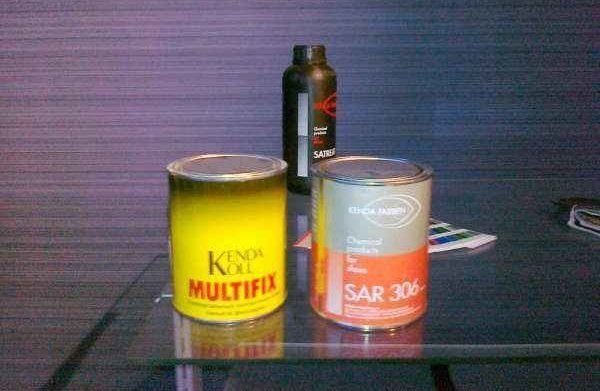
How to work properly with shoe glue
- An important stage is surface preparation. It is cleaned of dirt and remnants of the previous glue and degreased with acetone, cologne or alcohol, then wiped off with a dry cloth and wait until it dries completely.
- The glue is applied in a thin layer of 2-3 mm; it must be left to dry for a few minutes.
- When the glue is sufficiently absorbed and becomes almost invisible, the surfaces are aligned, pressed against each other and placed under the press. You can fix the glued places with a vice or clothespins. Remove excess glue.
- For complete drying, it will take from 3 hours to a day, depending on the type of glue.
- If the outsole is honeycomb, it is more difficult to glue to the upper due to the smaller traction surface. In this case, the area to be bonded must be increased by using various fillers (for example, micropore trimmings). Then the surface is filled with a sealant, preferably transparent. After it dries, the sole is degreased again and glued in the standard way.
- Repair work should be carried out in a well-ventilated area.
- It should be remembered that shoe glue is a highly flammable substance, therefore, when working with it, one should not forget about fire safety rules.
- Adhesives are toxic substances for humans, therefore, if the product accidentally gets on the mucous membranes, you must immediately wash it off under running water.
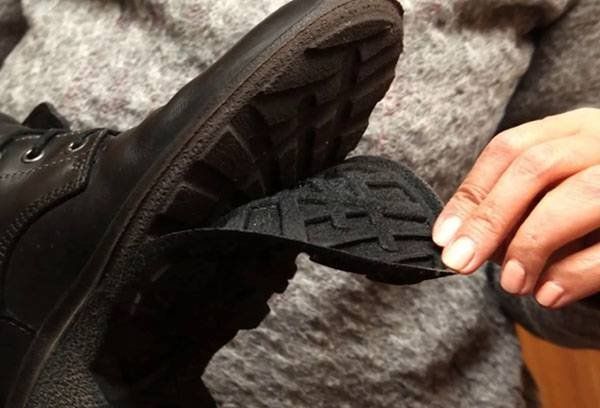
How to choose shoe glue
Main selection criteria:
- Determine the purpose of the acquisition: whether it will be a major or minor repair of shoes, what materials (leather, suede, textiles, rubber) will be glued. If the scope of work is large enough and serious, and you want to maximize the service life of this pair of shoes, you should give preference to popular brands of well-known manufacturers that are trusted by consumers. When shoes are only required to reach the season, you can buy a simpler and cheaper composition.
- Before buying, study the instructions and find out what work and materials this tool is intended for. It must be indicated on the packaging that this glue is produced for shoe repair. PVA glue (dissolves in water), construction adhesives, universal means “for everything” (they leave a seam that is too hard, which will disperse when walking) will not cope with the problem, and may even aggravate it and ruin the surface of the shoe.
- It is important that the glue has such qualities as resistance to moisture and frost.
- For homework, it is more profitable to purchase a small tube: if you do not use glue for a long time, it will begin to dry.
- Products presented in stores vary in price and quality. The best choice is a purchase that will not hit the home budget too much and will help to reliably glue leaky shoes. The cost of the glue depends both on its brand and on the packaging (minimum - 3 g). For a large volume of work, it is worth purchasing 30-75 ml.
- The following indicators indicate the effectiveness and functionality of the selected glue:
- The resulting seams are elastic;
- Strength and durability: repair allows you to wear shoes for several more seasons;
- The parts to be glued must not deform and join, regardless of their thickness.
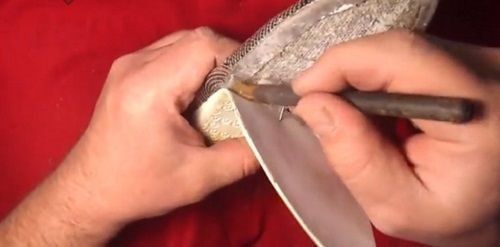
The best manufacturers: which shoe glue is better to buy
- Henkel Group (Germany), owner of the famous Moment brand in Russia;
- Kenda Farben SPA (Italy);
- LLC "ROSEL" (Russia) supplies the domestic market with the popular brand "Contact", which is produced at factories in China;
- JSC "New Household Chemistry" (Russia);
- OOO NPP Rogneda (Russia).
Rating of quality shoe adhesives
Contact
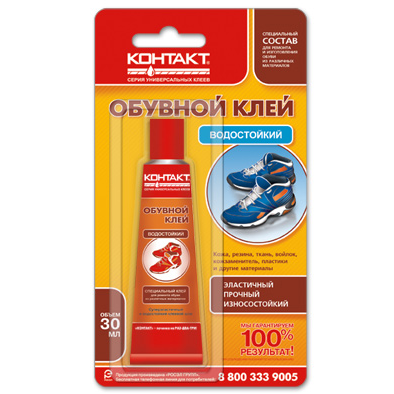
Adhesives of this brand are developed by the domestic company "Rossel", it is produced in China. The product is suitable for gluing not only leather and rubber, but also porcelain, ceramics and other materials. Differs in efficiency, filling all cracks, glues very firmly.
- Budgetary;
- Waterproof.
- May not withstand low temperatures.
Average price: 37 rubles.
Desmokol

The adhesive, which contains polyurethane resins, modifiers and an organic solvent, is widely used in the footwear industry. Its advantages are transparent seam, moisture resistance, frost resistance, reliability. Increasing in volume, it firmly connects porous surfaces. Bonds PU or rubber sole to leather or textile upper. Since the glue is professional, it is sold in large tubes, which is not very convenient for a home craftsman. It is more difficult to find it in a small tube; if necessary, you can use analogs "Uranus" or "SUREL-3", produced in small volumes.
- Can be used as a sealant;
- Also suitable for repairing rubber boats, fishing equipment;
- Inexpensive.
- Excess glue is difficult to remove.
Average price: 50 rubles.
Moment Droplet shoe
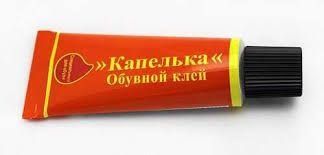
The composition is suitable for repairing shoes made of leather and leatherette, rubber, plastic, cork, fabric in their various combinations. Provides high seam elasticity. Resistant to moisture penetration, high and low temperatures.
- Glues well;
- Inexpensive.
- Unpleasant odor;
- Opaque.
Average price: 30 rubles.
Super moment for shoes
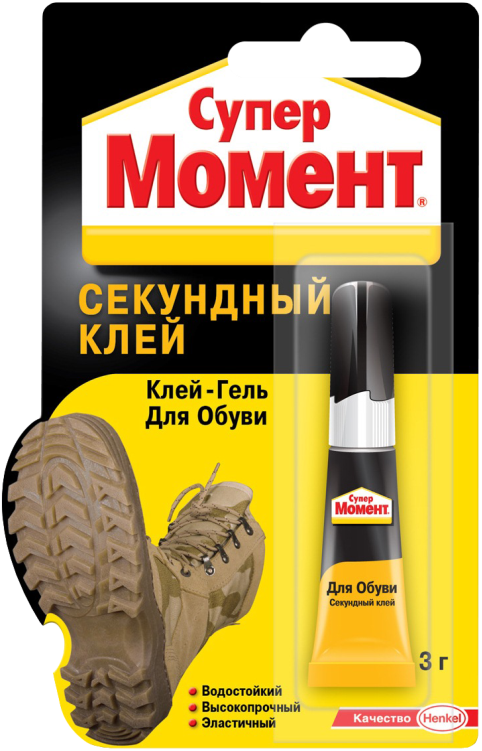
Designed for quick fixes on all materials. Transparent glue is water-resistant, heat-resistant (withstands the difference from -40 to 70 degrees). Leaves an elastic seam. It can also be used for working with wood, paper, cardboard, metal, plastic, ceramics.
- Seam strength;
- Convenient dispenser;
- Dries quickly.
- Strong smell.
Average price: 130 rubles.
Second
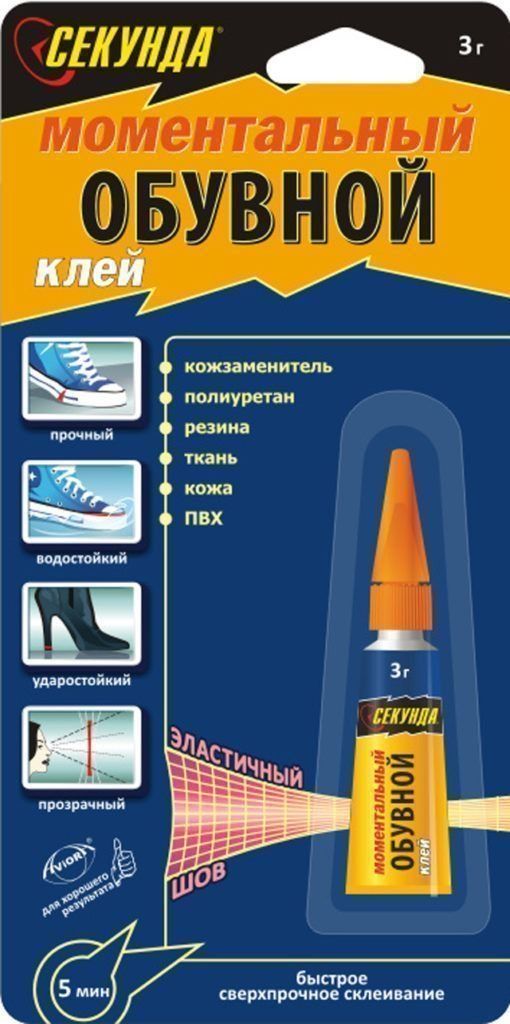
Polyurethane adhesive works with all types of materials used to make shoes, in different combinations. Resistant to moisture, salt, acids. Universal compound: can glue metal, glass, wood and other materials.
- Convenient elongated spout;
- Transparent;
- Inexpensive.
- Dries quickly in a tube.
Average price: 50 rubles.
Eva
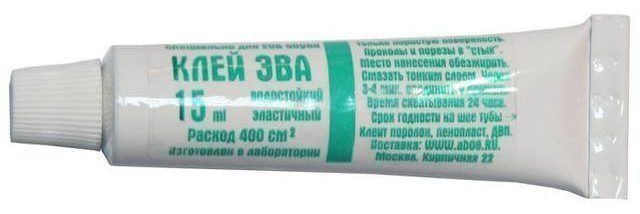
This glue made in Taiwan has earned consumer recognition for its characteristics: it reliably joins the places of any cuts and tears, is waterproof, does not flow at high temperatures. Almost invisible on the treated surface.
- Inexpensive;
- Hypoallergenic composition;
- It is economically consumed;
- Long-term action.
- Not suitable for PVC parts;
- Difficult to find on sale.
Average price: 100 rubles.
Moment marathon
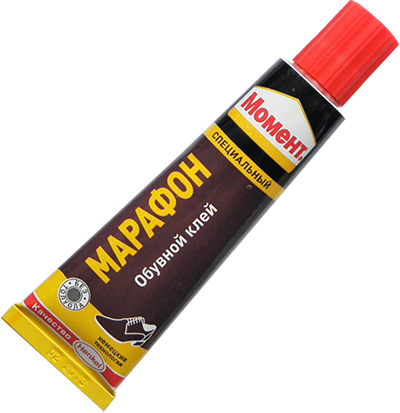
A distinctive feature of the product is fast adhesion. The glue is simple and easy to use, having a gel consistency, it does not flow. Using a thin spout, the required amount of substance is applied to the glued surface. Not suitable for joining parts made of polypropylene, polyethylene, PVC. "Works" with leather and its substitutes, rubber, fabric, felt, cork, wood and many other shoe materials. After freezing, the composition easily regains its properties at room temperature.
- Economical consumption;
- Available in different sizes: 30 and 125 ml.
- Efficiency;
- Allows you to repair both shoes and other leather products.
- Not a very pleasant smell.
Average price: 150 rubles.
Nairit 1 (88-P1)
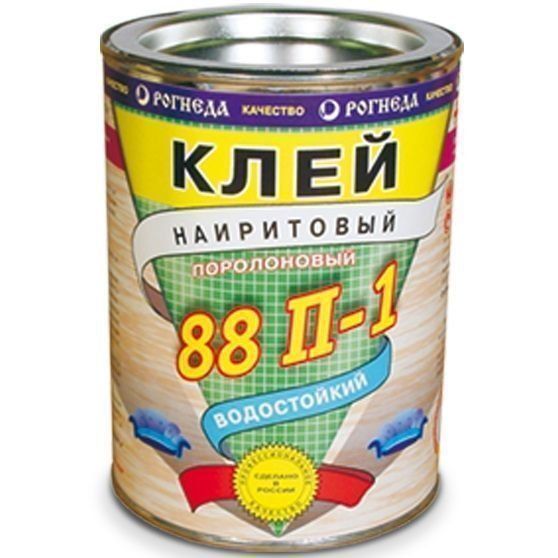
Designed for processing a wide variety of materials: leather, rubber, wood, fabric and others. Creates a waterproof elastic seam with a high degree of strength. When working with the tool, two methods of gluing are used. With the hot method, the repaired product can be used after 4 hours, with the cold method - in a day. Can be thinned with excessive viscosity with gasoline or acetone.
- Efficient and reliable;
- Wide range of applications;
- There are no solvents like toluene in the formulation.
- Not cheap.
Average price: 300 rubles.
UHU "Schuh & Leder"

This tool is suitable for joining hard and soft materials. The seam retains its elasticity for a long time.Resistant to moisture, alcohol, non-concentrated acids and alkali. Does not dry out over time.
- Efficiency;
- Withstands temperature drops from 125 to -20 degrees;
- Excess leftovers are easily removed.
- Not cheap.
Average price: 264 rubles.
Kenda Farben SAR 306
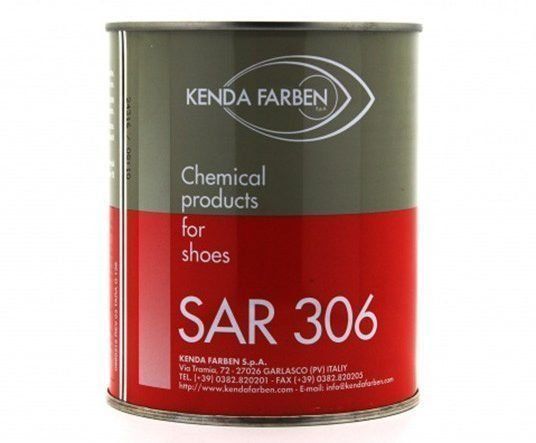
The glue works with a large number of materials, including useful for repairing shoes made of natural and artificial leather, textiles and rubber. Fast adhesion of surfaces saves time. The resulting seam is strong and resistant to moisture penetration. The maximum values of adhesion strength are reached two days after application of the glue.
- Used for both professional and home repairs;
- High thermal stability;
- A minimum of unpleasant odor;
- Quality and efficiency.
- High price.
Average price: 500 rubles.
By choosing the right shoe glue, you can make the necessary repairs at home and extend the life of your favorite shoes. An unsuccessful choice of adhesive will significantly add work to the shoemaker, and therefore increase the cost of his services.
new entries
Categories
Useful
Popular articles
-

Top rating of the best and inexpensive scooters up to 50 cubic meters in 2024
Views: 97661 -

Rating of the best materials for noise insulation for an apartment in 2024
Views: 95020 -

Rating of cheap analogues of expensive drugs for flu and colds for 2024
Views: 91750 -

The best men's running shoes in 2024
Views: 87680 -

Top ranking of the best smartwatches 2024 - price-quality
Views: 85091 -

Best Complex Vitamins in 2024
Views: 84800 -

The best dye for gray hair - 2024 top ranking
Views: 82406 -

Rating of the best wood paints for interior use in 2024
Views: 77201 -

Ranking of the best action cameras from China in 2024
Views: 75268 -

Rating of the best spinning reels in 2024
Views: 74827 -

The most effective calcium supplements for adults and children in 2024
Views: 72462 -

Top rating of the best means for male potency in 2024 with a description
Views: 68295

